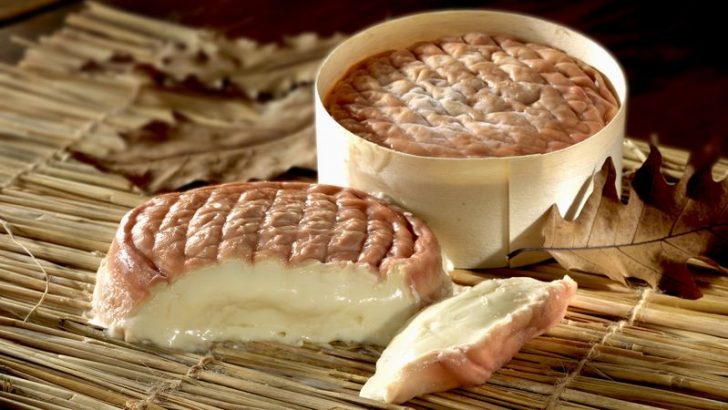Cheese is a beloved delicacy enjoyed worldwide, yet not all cheeses are created equal. Here, we explore six cheeses that, despite their fame, are often considered among the worst due to taste, smell, or texture. Whether it’s the overpowering aroma or the peculiar texture, these selections are more likely to turn heads away than towards. Let’s delve into the intriguing world of cheeses that many love to hate, each with its own distinct story and character.
1. Limburger

Often known for its infamous smell, Limburger cheese is notorious among those with a sensitive nose. Originating from Belgium, this cheese’s aroma can fill a room even before it’s unwrapped. Its soft, creamy texture can be deceiving, luring the brave into a taste test.
Yet, the smell is just the tip of an iceberg. The taste is equally bold, often described as earthy and robust. While it pairs well with rye bread, Limburger is not for the faint-hearted. Did you know? Limburger owes its scent to the same bacteria found on human skin.
2. Casu Marzu
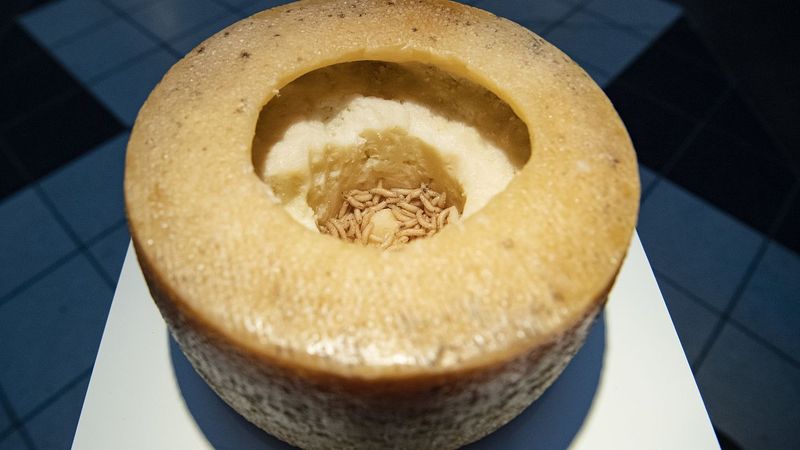
Casu Marzu, hailed from Sardinia, Italy, is a cheese that takes fermentation to an extreme level. Infested with live larvae, it’s not for the squeamish. These larvae are quite essential, breaking down the cheese fats and adding a distinct flavor.
The texture is soft and often oozing, appealing to adventurous eaters. However, the idea of consuming something alive is a dealbreaker for many. Casu Marzu has been outlawed in the EU but still enjoys a cult following. It’s a rite of passage for true cheese enthusiasts brave enough to try it.
3. Epoisses de Bourgogne
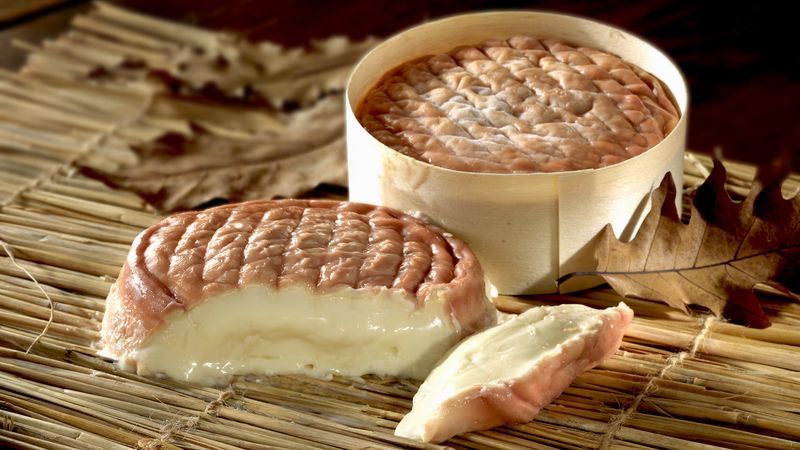
Epoisses de Bourgogne is a cheese with a reputation as big as its pungency. Known as the “king of cheeses,” its smell can be sensed from a distance. Washed in brine and brandy, the rind is sticky and visually unappealing to some.
The taste, however, contrasts with its odor, offering a creamy and rich experience. Originating from France, it’s a staple in Burgundy. Fun fact: It’s banned from public transportation due to its smell. Despite this, many aficionados consider it a delicacy worth the risk.
4. Stinking Bishop
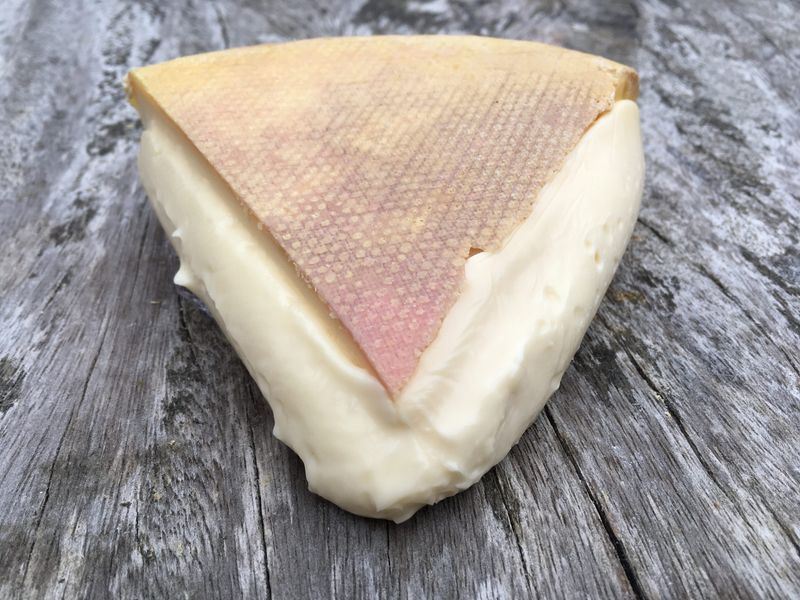
Stinking Bishop, a cheese from Gloucestershire, England, lives up to its name with an aroma that commands attention. Washed in perry, its pinkish rind gives it a distinctive appearance.
But don’t let the smell fool you—inside lies a creamy texture with a surprisingly mild taste. Its name comes from the Stinking Bishop pear used in its production. Some might be turned off by the odor, but others are intrigued by its complex flavors. Served best with cider, it’s an experience for the daring cheese lover.
5. Vieux Lille
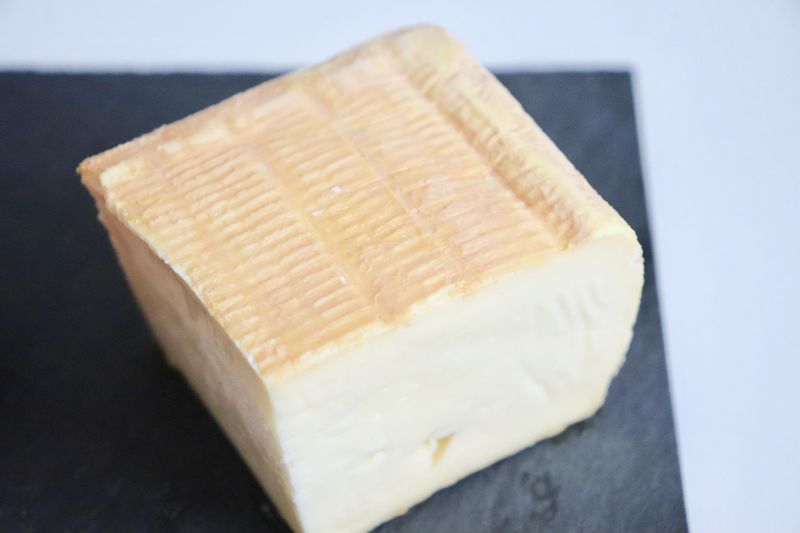
Vieux Lille, often called “the Lille stinker,” is a cheese that leaves a lasting impression. Originating from France, it possesses a salty, tangy flavor profile. Its greyish crust and gooey interior are not aesthetically pleasing to all.
Despite its unappealing look, the taste is quite savory, especially for those who appreciate strong flavors. The cheese undergoes aging in damp cellars, contributing to its notorious reputation. It pairs well with crusty bread, making it a daring companion for any cheese board.
6. Munster
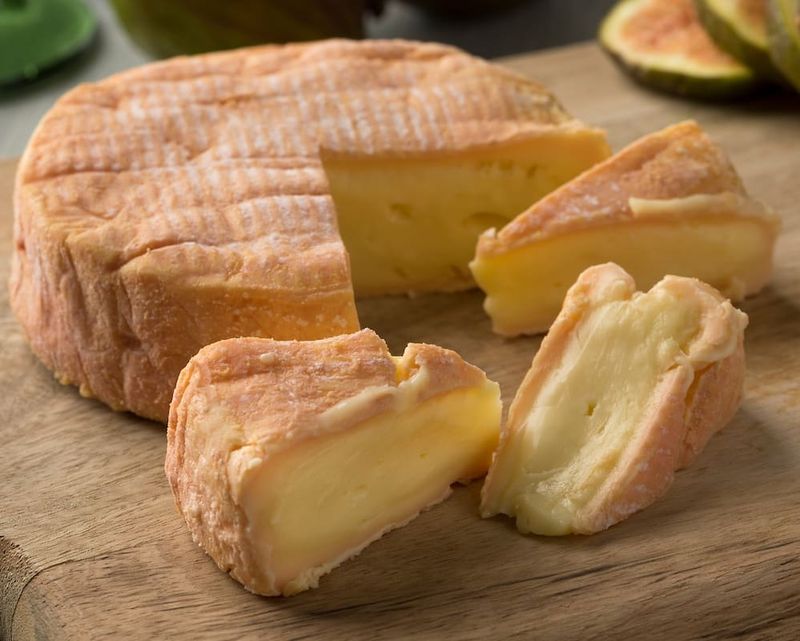
Munster cheese, originating from the Alsace region in France, is known for its assertive aroma. It’s often described as barnyard-like, not pleasing to everyone’s palate. The vibrant orange rind is washed with brine during maturation.
Once past the odor, the cheese offers a smooth, buttery taste that can surprise skeptics. Traditionally, it’s paired with hearty meals, complementing rustic dishes. Did you know? Munster has been crafted since the 7th century, providing a taste that echoes its rich history.
Hi all, I am Sidney, an accountant, a hobbyist photographer, and a mother to two sweet girls who are my motivation. I love sharing the tips and tricks I gained all these years I’ve been a mother. I hope it will help you!

